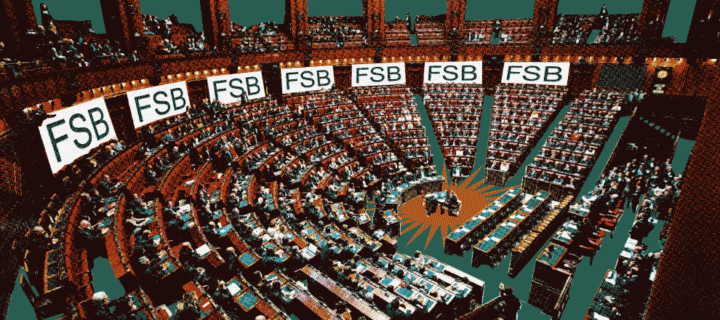Concerns About Impact of Stablecoins on Global Economy Grows

The Financial Stability Board (FSB) expressed concern about the risks of emerging market and developing economies (EMDE) using stablecoins. Against this backdrop, the Swiss Financial Market Supervisory Authority (FINMA) prepared new guidelines for stablecoin issuers.
Switzerland’s financial regulator published a set of guidelines for issuers of stablecoins. The initiative is designed to strengthen regulatory oversight and minimize financial risks associated with the impact of stablecoins on regulated institutions and the region’s financial ecosystem.
According to the guidance, the FINMA proposes classifying stablecoin issuers as financial intermediaries. The paper emphasizes that stablecoin issuers should be subject to the same anti-money laundering (AML) obligations as traditional financial institutions. In particular, they must verify asset holders’ identity and establish the ultimate beneficiaries’ identity.
In addition to AML compliance, the FINMA also insists that stablecoin issuers must have a banking license; otherwise, they can only operate under a number of conditions that guarantee depositor protection in the event of default. Issuers of stablecoins are obliged to comply with the minimum requirements of asset security, guarantee the possibility of immediate repayment of investors’ claims in case of bankruptcy, and promptly inform clients about losses.
The Financial Stability Board (FSB) warned of the risks associated with the use of foreign currency pegged global stablecoins (GSC) by emerging market and developing economies (EMDE). Specifically, the FSB analysts emphasized risks such as:
- Financial instability. Stablecoins could destabilize financial systems, especially in fragile economies.
- Stresses on fiscal resources. Stablecoins could put additional pressure on fiscal resources and make it more difficult to manage the money supply.
- Threat to financial integrity. Stablecoins may threaten financial integrity, leading to instability and loss of confidence in the traditional financial system.
- Increase in illicit financial transactions. There’s a growing potential for stablecoins to be used for money laundering, terrorist financing, and other illicit financial activities.
- Data privacy concerns. Stablecoins may pose risks to user data privacy.
- Cybersecurity. Systems that support stablecoins remain vulnerable to hacking attacks.
- Market integrity disruption. Stablecoins could disrupt market integrity, affecting the operation of financial markets.
- Macroeconomic instability. Stablecoins could damage macroeconomic stability, especially in countries with limited regulatory capacity.
To mitigate the challenges that stablecoins could create in EMDEs, the FSB analysts recommend that policymakers and regulators develop robust regulatory frameworks that enhance cross-border regulatory cooperation. EMDEs should build the capacity to manage and monitor GSCs to protect financial stability.
The stablecoin sector is experiencing rapid growth in 2024, with stablecoin usage reaching a record high of $1.68 trillion. Yet, only slightly over half of the world’s countries regulate this market.











